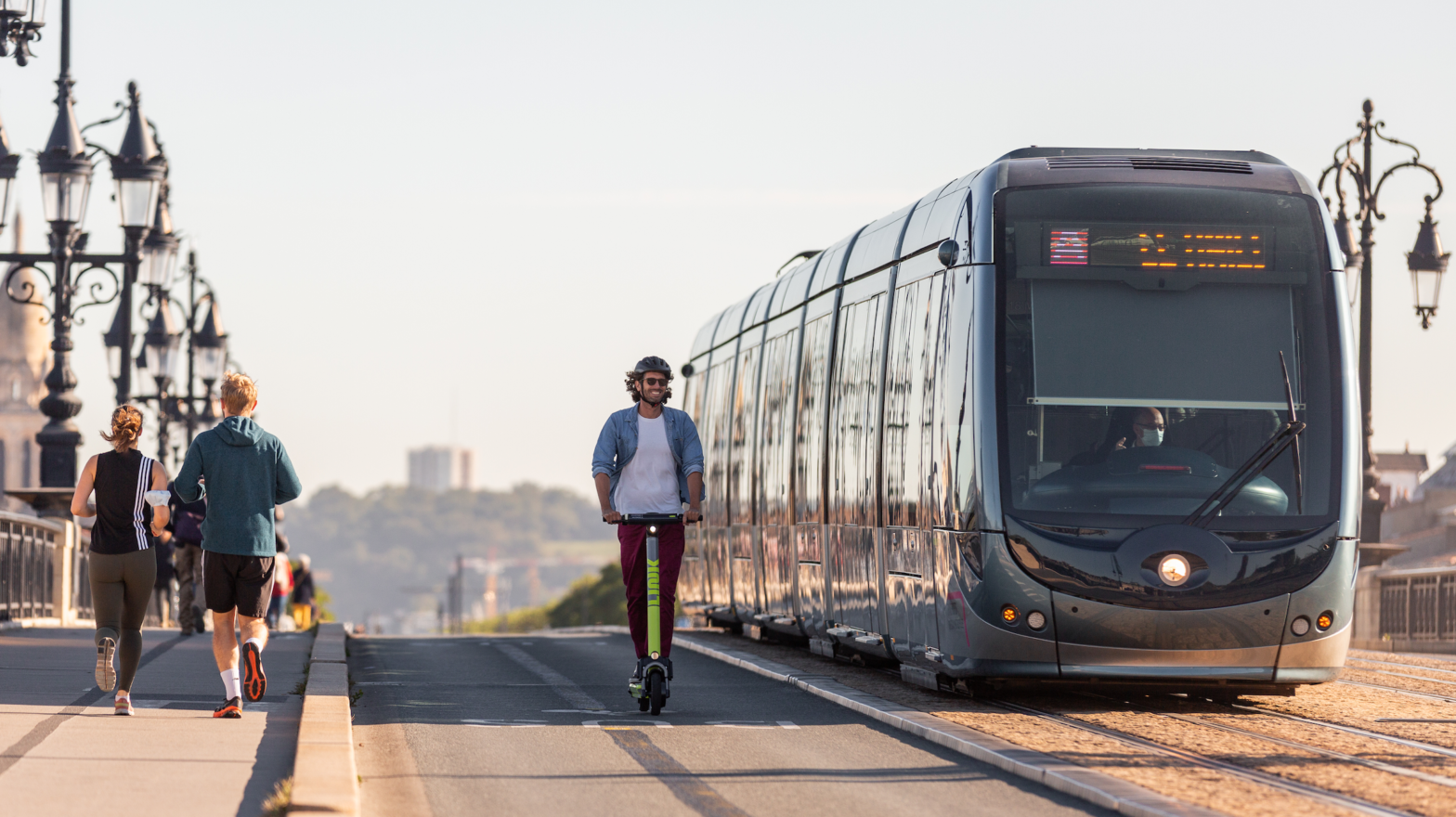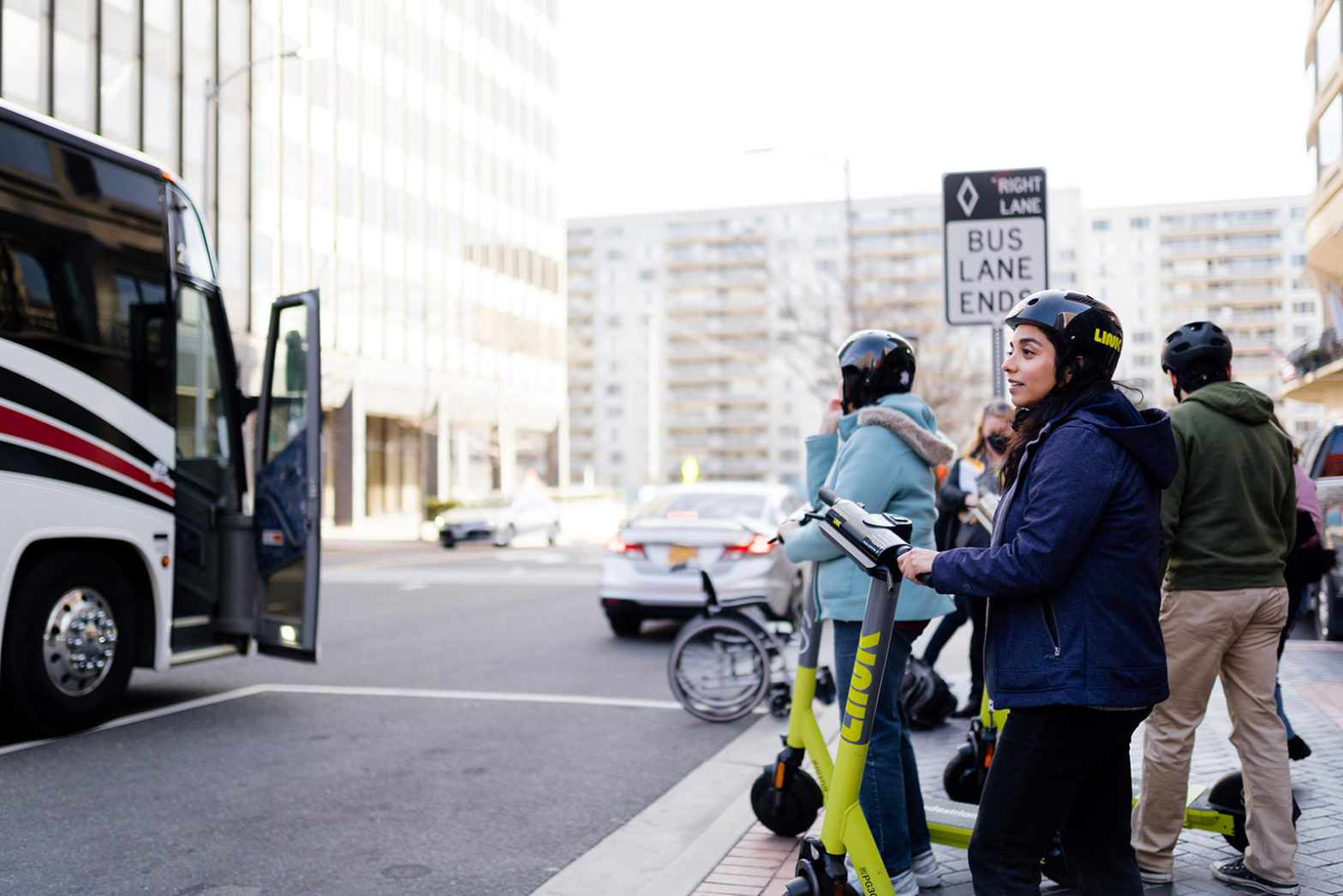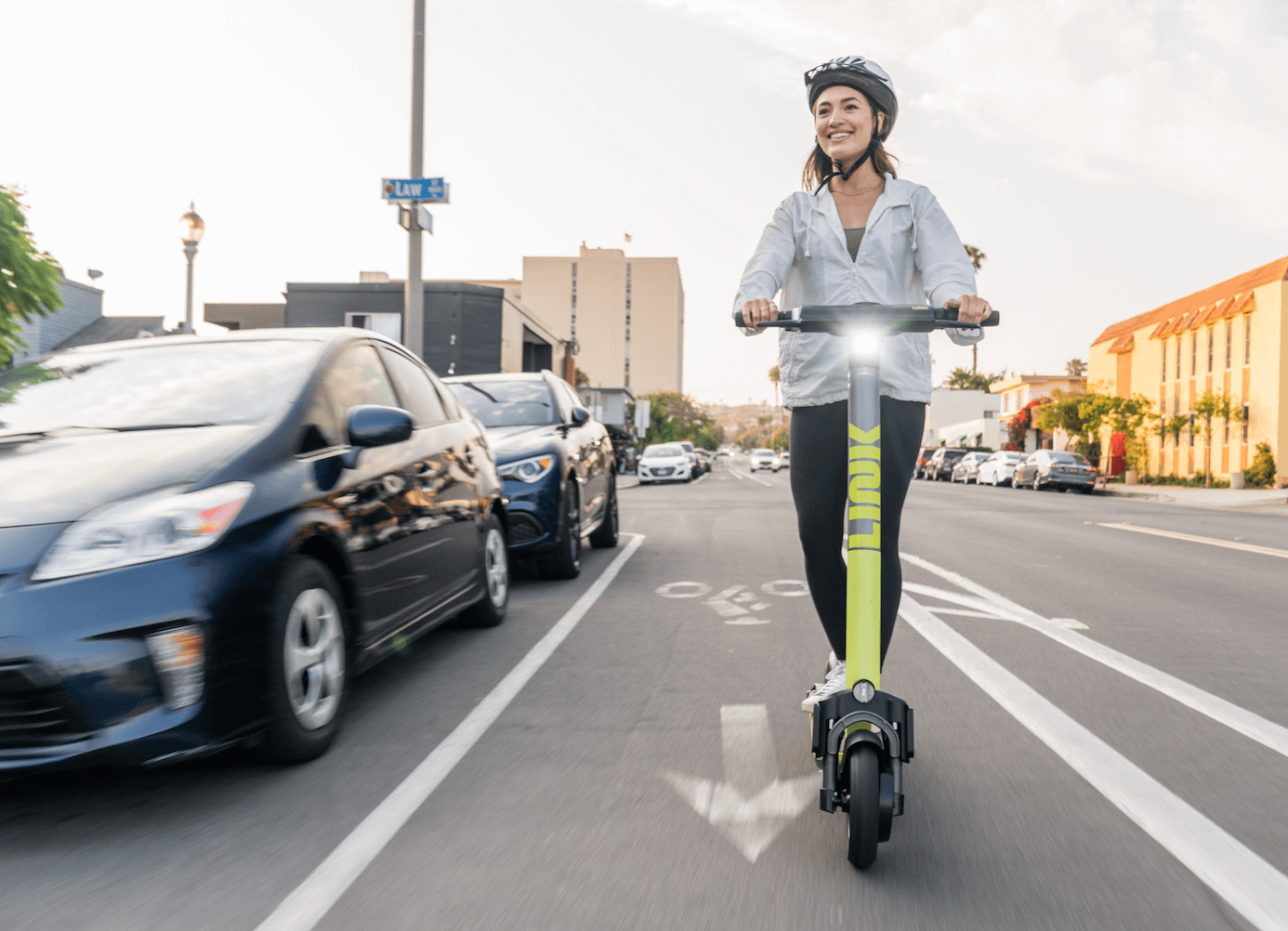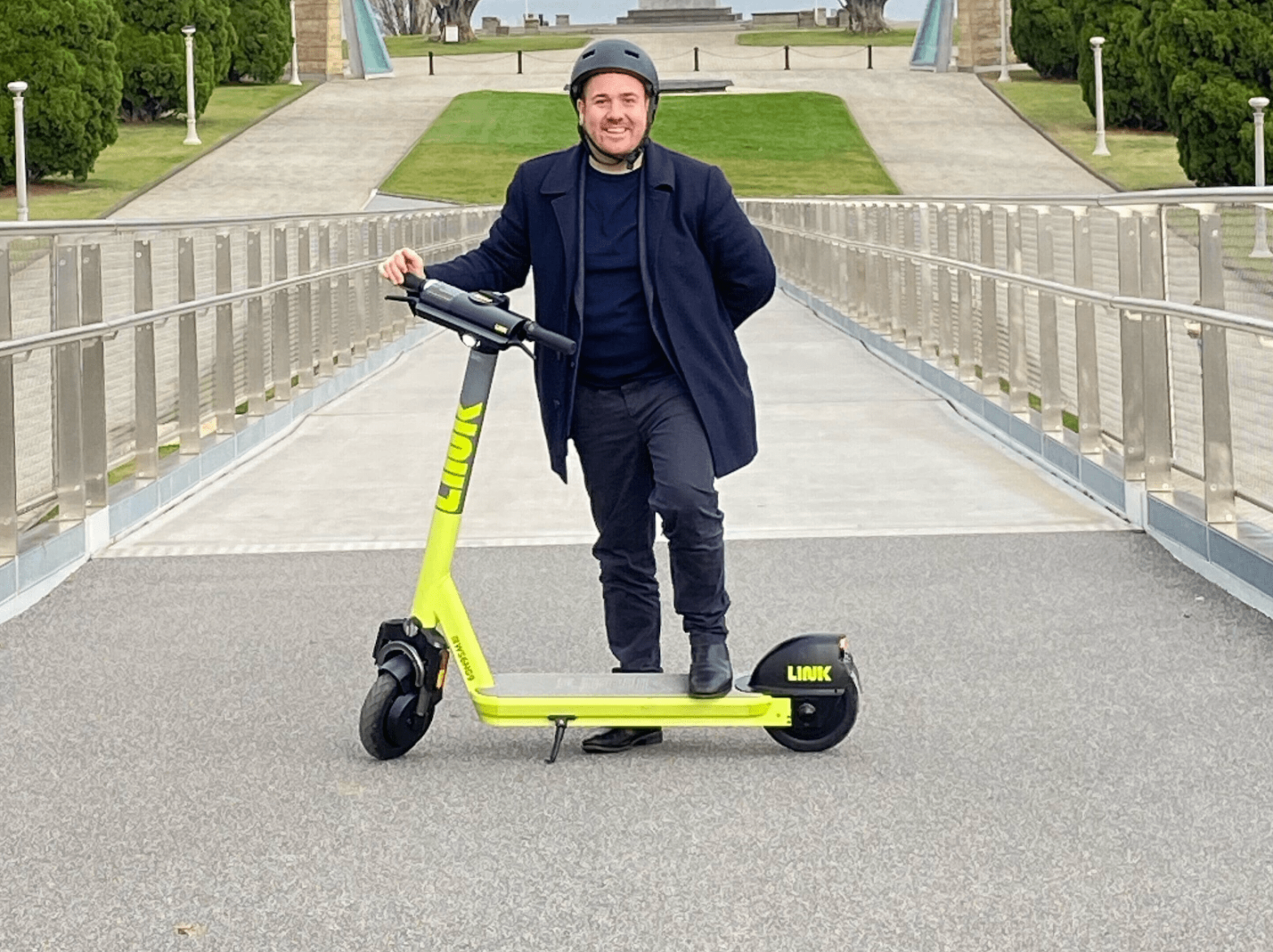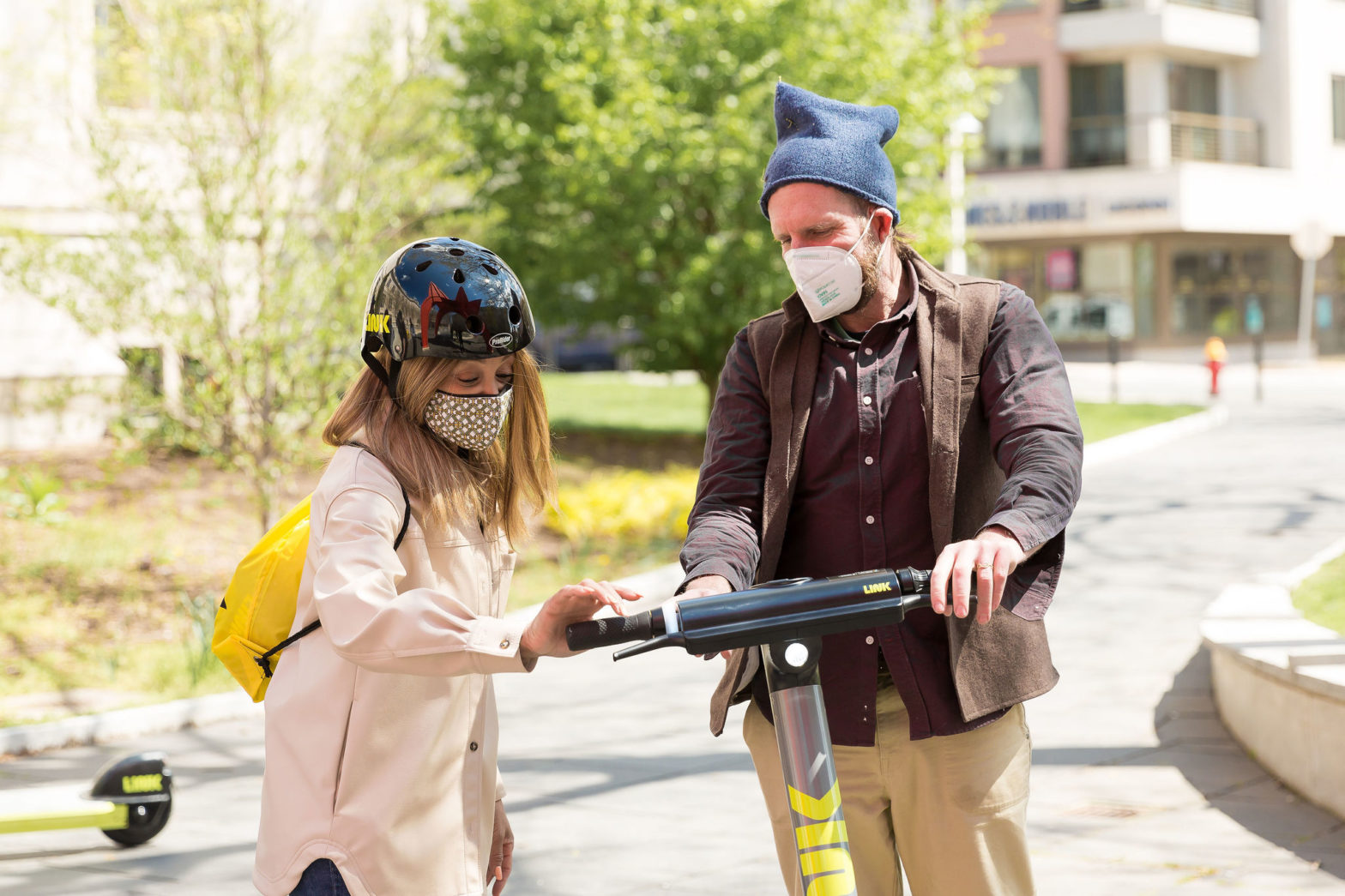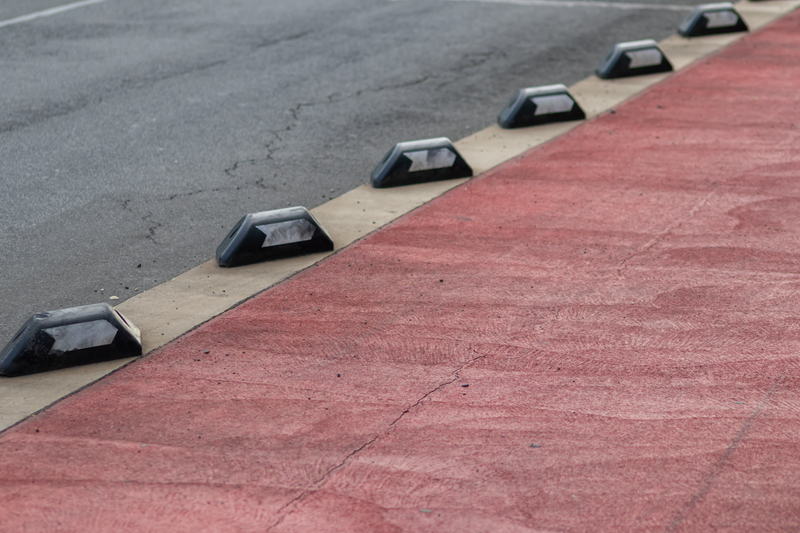
Why Australian cities need to provide more street space for micromobility
26 August 2021
Trust in the micromobility sector by governments, federal and state, across Australia is something that has taken a long time to develop. Legislation varies dramatically from one state to the next with cities often left powerless to implement scooter and bike share schemes without enabling legislation from the state governments.
To help the states adapt to micromobility and implement legislation, the federal government, through the National Transport Commission released a model law in June that all states could look at, adapt and adopt.
“No state has actually done that yet so it’s, at best, still a model law,” explains Stephen Coulter Founder of Zipidi Micromobility, and Convenor of the Asia Pacific Micromobility Alliance. “Some states have already regulated for these devices, and are happy with what they’ve done whereas other states they see benefit in some of the Model Law but want to change aspects of it.”
Coulter identifies Queensland and the Australian Capital Territory (ACT), which oversee Brisbane and Canberra respectively, as home to more progressive legislation.
He says the ACT took the sensible approach of legalising privately owned scooters many months before two operators launched shared electric scooters. This meant there was visibility and some knowledge of the ACT laws before rental riders started trying e-scooters. And in Queensland the government legalised both owned and shared electric scooters under common laws after which privately owned e-scooters were used for months before an operator launched there.

Tim Papandreou, Founder of Emerging Transport Advisors and former Chief Innovation Officer at the San Francisco Municipal Transportation Agency, says the focus in Australia now needs to shift from enabling legislation to provide a better seamless multimodal interconnection with other forms of sustainable transport.
“Some governments either see micromobility as a nuisance or a panacea but they are neither,” he says. “They are another tool in our transportation toolkit. There’s a philosophical understanding of looking at the customer experience and what is the customer journey. The customer wants to use a multimodal trip and make it seamless. If they can’t they’ll just go and do their thing and drive their car.”
The need for better street space
To provide a better customer experience Papandreou says infrastructure for micromobility needs to improve to allow it to really take off. He believes focus should now shift to improving parking spaces, providing drop off and pick up zones and offering more cycle/scooter lanes separated from vehicular traffic to provide a safer rider experience.
“Without this you’re going to get people responding to a high traffic environment by riding on footpaths because they don’t feel safe,” he adds. “Sydney, as an example has a lot of narrow fast streets with very narrow footpaths positioned with a lot of retail. Without adjusting the street space, it is going to be very challenging. Australia could really seize that moment but they need to look at the street space.”
Gordon Oakley, Commercial Manager from Good Cycles, a social enterprise company that supports people to get back into the workforce and is partnering with Superpedestrian, says that now is an exciting time for micromobility partners in Australia. After coming from “a long way back”, operators, governments, and partners are looking to constantly improve the user experience.
He says: “If e-scooters can get more people out of cars, reduce congestion, and lessen our carbon footprint, my sense is the future is bright for micromobility in Australia.”
In partnership with:
Main image: Dreamstime5752




